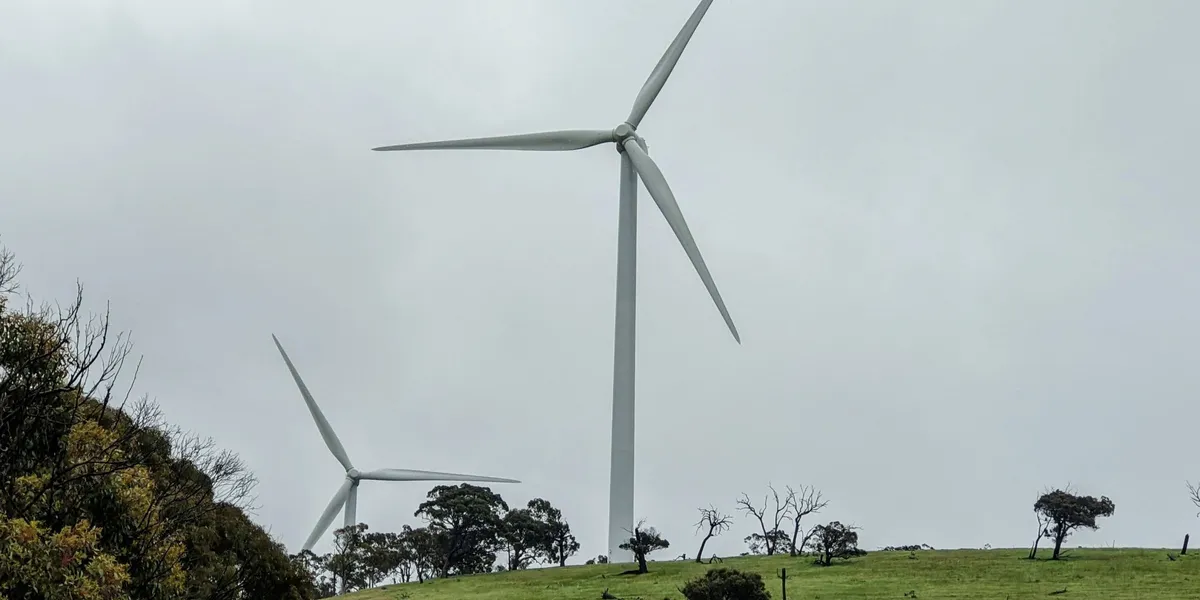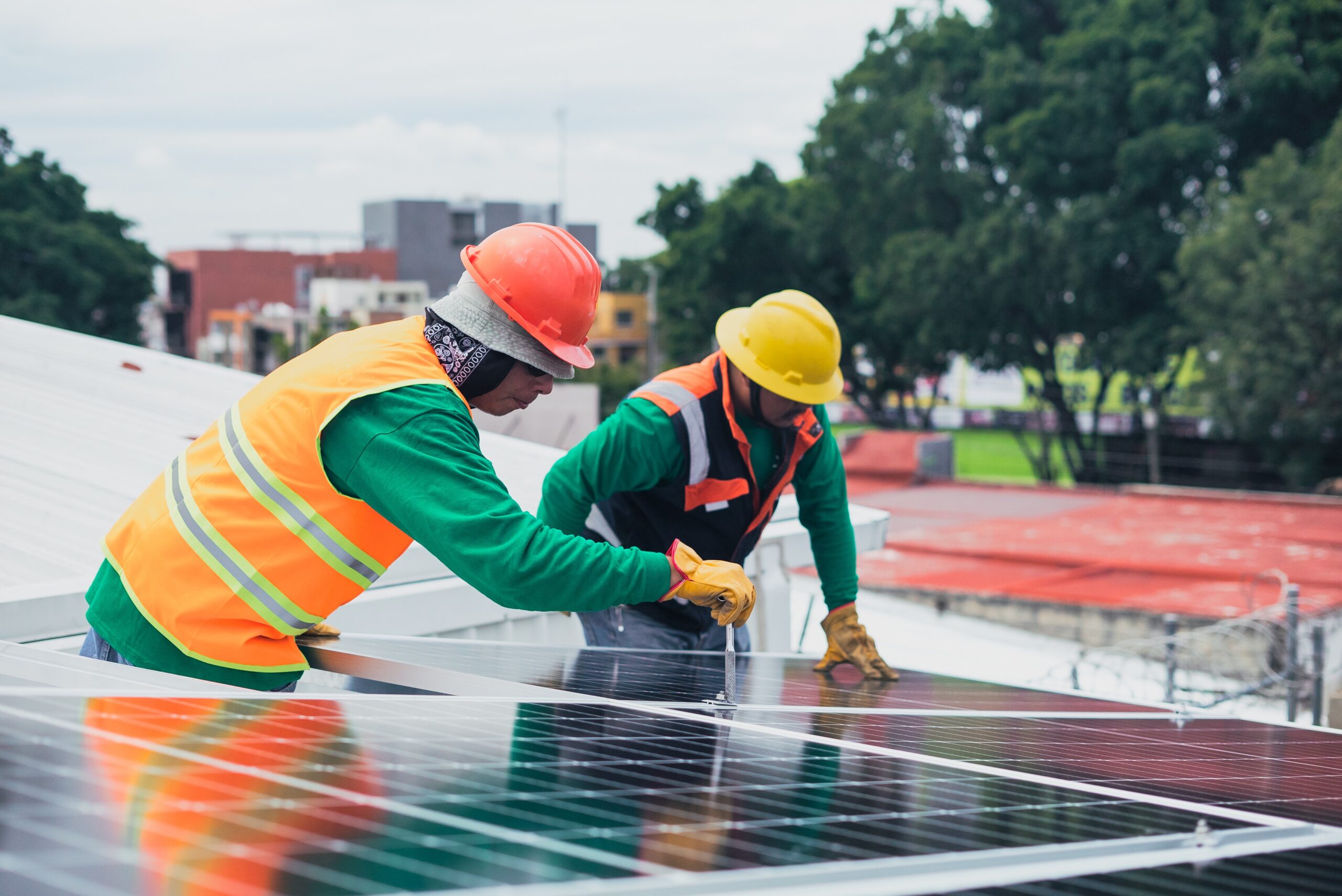by Alex Baumhardt, Oregon Capital Chronicle
Gov. Tina Kotek wants state agencies to move faster to address climate change, ensure more longterm renewable energy power that is cheap and reliable for Oregonians and fill in gaps from federal disinvestment from clean energy projects.
To do so, Kotek on Wednesday issued an executive order directing state agencies to speed up energy project permitting and processes to connect renewable energy to the state’s electric grid for the long haul.
She called on more than a dozen state land and natural resource agencies to collaborate on strategies by September 2026 that will lead to policy proposals for the Legislature to take up in 2027. They must advance the state’s target of reducing greenhouse gas pollution 50% by 2035 and 90% by 2050, as established in a 2021 executive order by former Gov. Kate Brown.
Agencies will provide quarterly progress updates, Kotek said.
In October, she ordered agencies to fast-track permitting and siting reviews and approvals before July 4, so projects eligible for the Inflation Reduction Act’s federal clean energy tax cuts can benefit before they expire. For wind and solar projects to receive up to a 50% credit, they must be finished by Dec. 31, 2027.
President Donald Trump and Congressional Republicans are phasing out those tax credits via the tax and spending law they passed this summer.
In her latest order, Kotek said agencies will create policies guided by the latest Oregon Energy Strategy, which prioritizes deployment of more solar, wind, geothermal and wave energy projects, energy storage projects, and energy efficiency policies. Those policies include cash incentives that make it more affordable to replace gas cars, buses, furnaces and appliances with electric ones, electrify heating and cooling systems and make homes and businesses more energy-efficient and comfortable in hot or cold weather.
The plan also calls on reforming project siting and permitting for electrical grid upgrades and transmission corridors, making analysis, review and comment periods faster and opening up more state land for such projects.
A recent investigation from Oregon Public Broadcasting and ProPublica found the Northwest is woefully behind other parts of the country in adding new sources of renewable energy, because Oregon and Washington have left most of the grid transmission work to the federal Bonneville Power Administration. The administration has left parts of the region’s grid without updates for nearly a century, and the agency has been glacial in deploying and integrating new energy projects, the investigation found.
Kotek said at a news conference Wednesday afternoon that she wants BPA leaders to make good on promises they made when she took office to collaborate with the state on its energy future.
“I’m going to keep pushing BPA for grid enhancements, and pushing back on BPA on poor upgrades,” she said. “BPA needs to be a better partner.”
The state energy strategy also calls for the state to add 8 gigawatts of energy storage by 2045 — about 50% more than currently exists. But Kotek said nearly 7 of those gigawatts are already planned for development, enough to power roughly 5.8 million homes.
Agency collabs
The Department of Environmental Quality and the three-member Public Utility Commission will work together to ensure revenue collected by the utilities through the state’s Clean Fuels Program is invested in strategic areas. Those include transportation electrification and infrastructure in low-income communities, at multifamily housing sites and areas lacking commercial EV chargers.
The Clean Fuels Program requires fossil fuels suppliers, such as Chevron and Exxon Mobil, to gradually reduce the carbon dioxide emissions from the fuels they sell in Oregon until they’ve cut emissions at least 37% by 2035. Clean fuels producers in the program, such as companies installing electric vehicle charging stations, can earn carbon credits from DEQ and sell them to fossil fuels producers to help offset some of their emissions.
Kotek is also calling for the carbon intensity of fuels to be reduced 50% or more by 2040. This means they must switch to or blend into their products biofuels — such as corn ethanol and fuels made with food waste — or switch to other fuels that emit less carbon dioxide when burned, providing hydrogen or electricity for traditional gas vehicles.
She directed the Department of Administrative Services to buy zero-emission vehicles for state agencies and report to the governor at the end of each year on why it bought or leased any new combustion-engine vehicles.
The Department of Land Conservation and Development will research and propose changes to state land planning goals and regulations to boost clean energy development and create more transmission corridors on public lands.
Given budget constraints, including a deficit of at least $63 million during the next 18 months according to the latest state revenue forecast, Kotek said she expects agencies to “do what they can with existing resources” and to identify funding challenges and needs for the next two-year budget cycle.
Oregon Capital Chronicle is part of States Newsroom, a nonprofit news network supported by grants and a coalition of donors as a 501c(3) public charity. Oregon Capital Chronicle maintains editorial independence. Contact Editor Julia Shumway for questions: [email protected].









